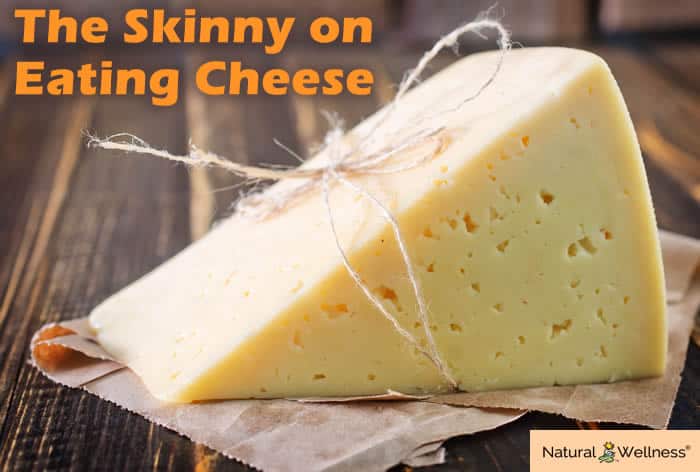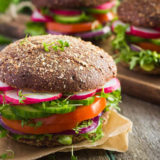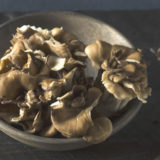

In the nutrition wars, few foods are as hotly debated as cheese. “Big Dairy” wants you to believe it’s a foundational block in the food pyramid, while vegan blogs treat it like the devil incarnate. As with any controversial topic, there are thousands of web pages to support both biases (and plenty of studies ripe for cherry-picking). Today, we’ll try to separate fact from fiction and give you an honest examination of cheese – the gouda, the bad, and the ugly.
Does Cheese Clog Your Arteries?
Here’s the truth: Compared to something like kale, cheese is loaded with sodium and fat. In fact, compared to a lot of foods, cheese is way up there. If you’re reading this blog, you probably know why that’s an issue. A high sodium diet can lead to hypertension, stroke, kidney disease, and coronary disease. Too much fat exacerbates these issues and adds obesity and liver damage to the list.
But not all cheeses are created equal. As Medical News Today points out, the macronutrients of cheeses can vary widely. One ounce of cheddar cream cheese spread may contain 80 calories, 380 mg of sodium, 15 mg of cholesterol, and zero grams of protein. Meanwhile, another brand of cheddar may contain 120 calories but half the sodium of the spread, 7 grams of protein but twice the spread’s cholesterol.
Where cheese is concerned, there are two words to keep in mind: moderation and variety. Even those cheese varieties that are higher in sodium and fat can be beneficial when consumed responsibly.
What’s Good About Cheese?
More than you might think. Cheese is a great source of calcium and protein. You need protein to build healthy cells and tissue, and calcium is not only good for your bones and teeth, it also helps maintain blood pressure, and aids with blood clotting and wound healing. Experts recommend 1,000 mg of calcium per day for men and women between the ages of 19 and 50. You can get 20% of that daily requirement from one ounce of skim mozzarella cheese.
The benefits of cheese aren’t limited to protein and calcium.
- One 2014 study concluded that dairy products can be a good source of the antioxidant glutathione, important for brain health and preventing neurodegenerative issues in the elderly.
- Another 2016 study even suggested that cheese’s antioxidant properties may counteract the negative effects of its sodium, though the long term impacts are still unknown.
- As a fermented food, cheese may also promote healthy gut bacteria.
Some cheeses also contain omega-3 fatty acids, which are believed to aid your cardiovascular system and brain health.
And don’t forget cheeses from other animals.
- Goat cheese is generally higher in protein than cow cheese and contains several vitamins and minerals, including niacin, iron and potassium.
- The protein in sheep’s milk can be 75 to 100% higher in protein than the bovine variety – though it’s also twice as fatty.
The Impact of Low Calcium Diets
Quick! Name a non-dairy source of calcium!
Can you do it? If you’re having trouble, you’re not alone. For many of us eating a western diet, milk and cheese are synonymous with that essential element. Alternatives are a mystery. (For the record, good sources of non-dairy calcium include sesame seeds, poppy seeds, sardines, salmon, white beans, almonds and, yes, kale.)
If milk, cheese, and yogurt are off the menu, some people lose out on calcium entirely. For young people, that can impact their bone development and lead to osteoporosis later in life. Pregnant women who don’t consume their daily calcium also put their infants at risk of neuro-developmental issues.
It’s perfectly fine to eat a non-dairy diet, but always make sure that you’re supplementing with other calcium-rich foods.
Why Does Cheese Get a Bad Rap?
Like most things in America, we’re spoiled by too much of a good thing. There’s a place for sodium and saturated fats in our diets, but that place is not meant to be super-sized. Note: “cheese-flavored” products are not cheese. They contain far less nutrition and way more sodium than the real thing.
If you overindulge in cheese, and skimp on weekly exercise, expect cardiovascular disease, high blood pressure, and type 2 diabetes to follow. And if your cheese comes from cows treated with estrogen and other hormones, you may face potential disruption in your endocrine system and a higher risk of cancer.
There’s also the simple fact that some people are lactose intolerant or allergic to dairy. Lactose tolerance can vary by individual, with some people being fine with yogurt and hard cheeses but less tolerant of soft or fresh cheeses. If you lack the enzyme needed to digest milk sugar, symptoms include bloating, flatulence, and diarrhea. Dairy allergies are more serious and occur because of immunologic reactions to milk protein (casein or whey). Symptoms can include inflammation, asthma, bleeding, anaphylaxis, and shock.
Which Cheese Is Healthiest?
If you’re not allergic or intolerant of cheese, any variety can be enjoyed in moderation. Low fat and low sodium cheeses are recommended, such as cottage cheese, ricotta, feta, and Swiss. Fat-free cheeses are not recommended because they are highly processed.




